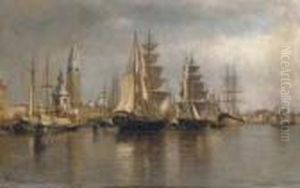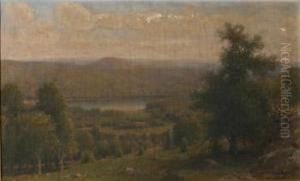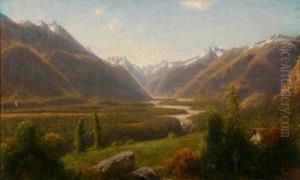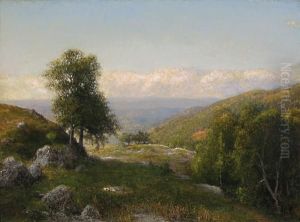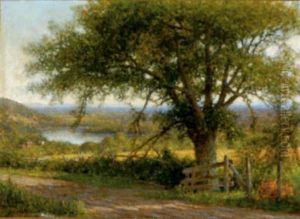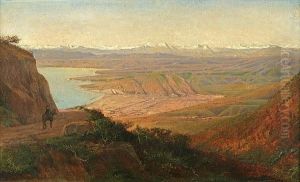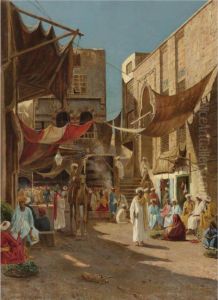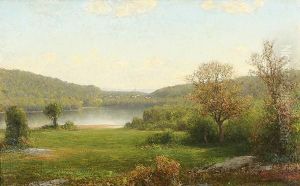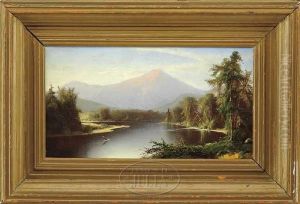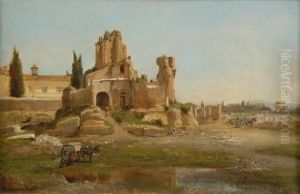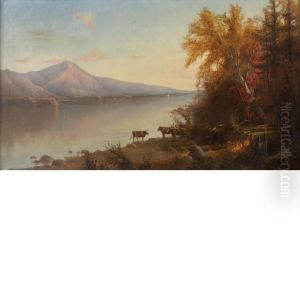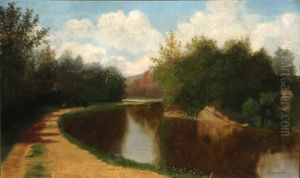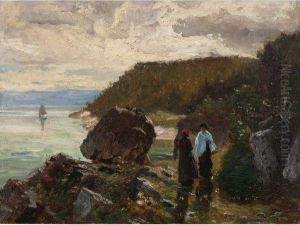Henry Augustus Ferguson Paintings
Henry Augustus Ferguson was an American artist, known for his landscape paintings. Born in 1842, Ferguson developed a profound interest in art at an early age. His work primarily focuses on landscapes, capturing the essence of nature with a remarkable sense of realism and detail. Ferguson's approach to painting was heavily influenced by the Hudson River School, a mid-19th century American art movement embodied by a group of landscape painters who were inspired by romanticism.
Ferguson traveled extensively throughout his life, drawing inspiration from various landscapes around the world. His travels took him to Europe, North Africa, and the Middle East, where he absorbed the diverse cultures and scenery, which significantly influenced his work. These experiences allowed him to bring a unique perspective to his paintings, blending Western art techniques with the exotic landscapes and architecture he encountered during his travels.
Despite his talent and the quality of his work, Ferguson did not gain the same level of fame as some of his contemporaries. However, his contributions to American landscape painting have been recognized and appreciated more in recent years. His paintings are now valued for their technical skill, their beautiful and detailed portrayal of natural landscapes, and their contribution to the documentation of 19th-century scenery.
Ferguson's legacy is preserved through his art, which continues to be displayed in museums and galleries. His work not only represents a significant period in American art but also serves as a window into the artist's profound connection with the natural world. Ferguson passed away in 1911, leaving behind a body of work that continues to inspire and captivate art enthusiasts and historians alike.
